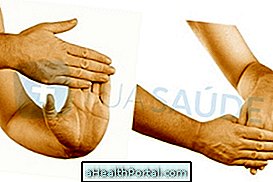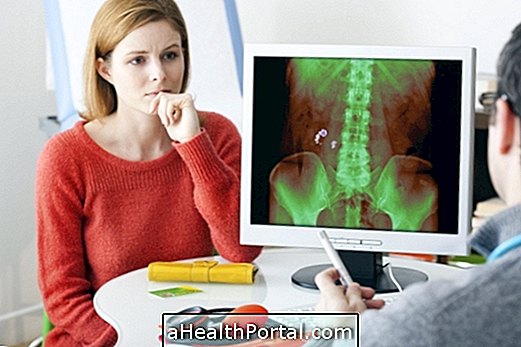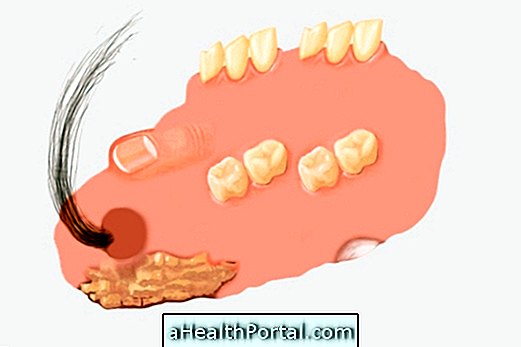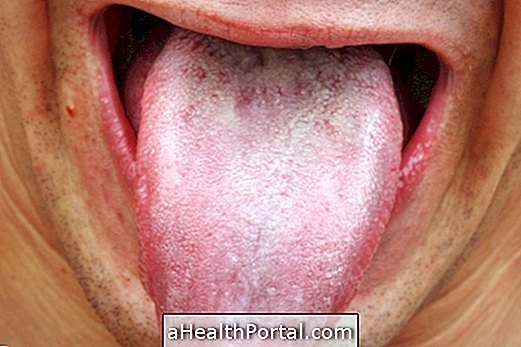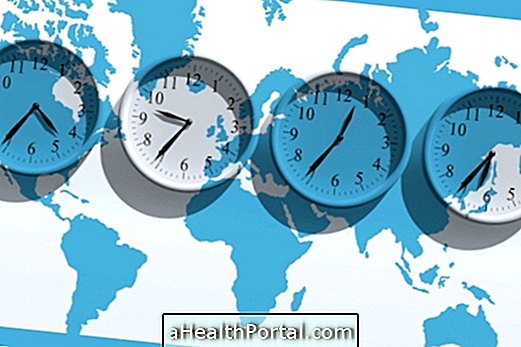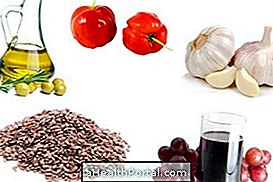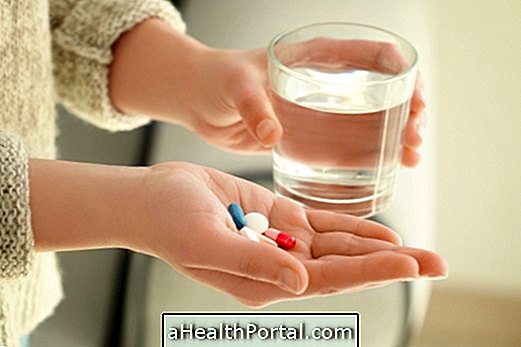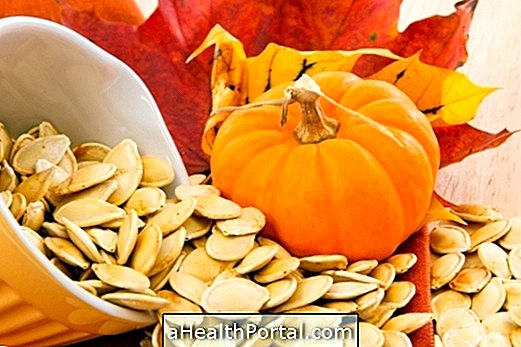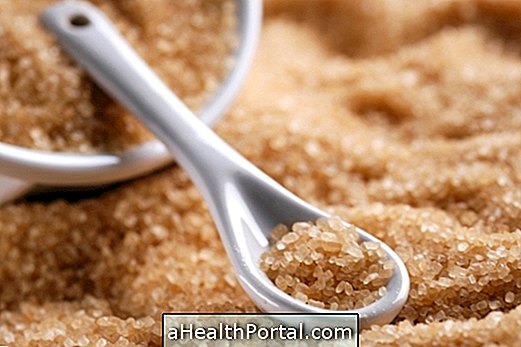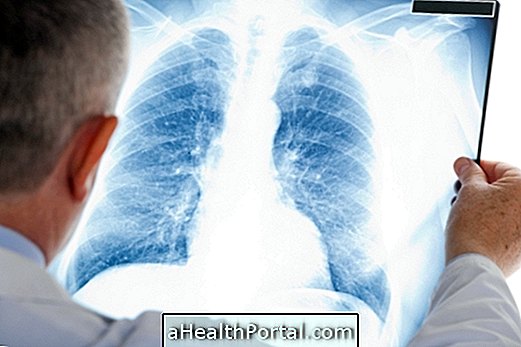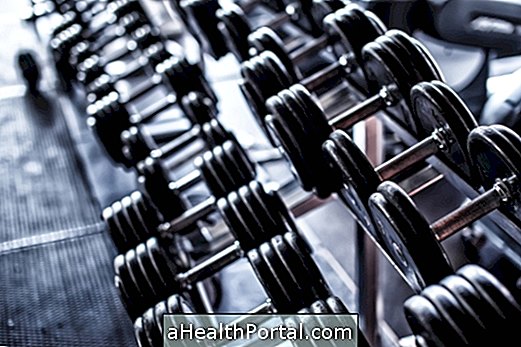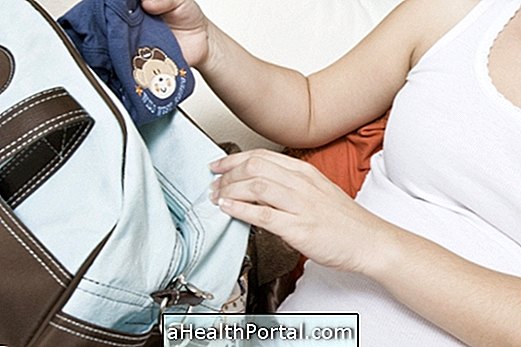The pain on the right side of the belly is not always severe and may simply indicate excess gas, but in some cases it may be a more disturbing change such as appendicitis or gall stones. Thus, if you present this symptom you should observe its characteristics as if there is some other symptom, when they appeared, they radiate to another region and what can aggravate or improve the pain, to be able to inform the doctor of what you are feeling.
To identify the cause, the doctor can only assess the symptoms, look at the area and palpate the painful area, and if in doubt you can ask for tests such as ultrasonography or CT scan, for example to find changes and decide on treatment.
Warning signs to go to the hospital
The warning signs that indicate the need to go to the hospital are:
- Abdominal pain that suddenly arises and is strong, localized or worsening gradually;
- If there is fever, or difficulty breathing;
- If there is high blood pressure, tachycardia, cold sweat or malaise.
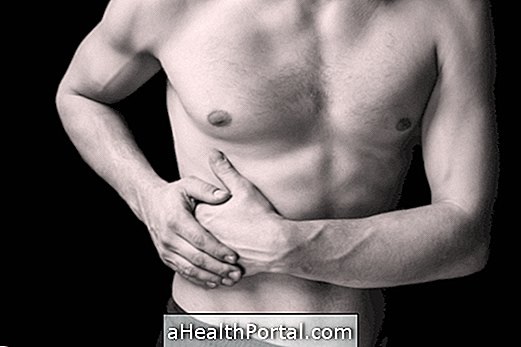
8 Common Causes of Pain on the Right Side of the Belly
1. Gases
Abdominal pain on the direct side may simply be gastric distension from the gut, a common situation that can affect people of all ages, from infants to the elderly. Usually this pain is strong, in the form of stitches and comes after a meal. This symptom is very common during pregnancy, especially at the end of gestation, and also in people with constipation or other changes in the bowel.
- Other symptoms: Strong stabbing pain, swollen belly sensation, loss of appetite, feeling heavy in the stomach. The pain can be persistent, it can get worse at times, but it never goes away completely.
- What to do: It is recommended to regularize bowel functioning and facilitate digestion with the consumption of high-fiber foods and drink plenty of water; however, in some cases, the use of laxatives such as lactulone, magnesium hydroxide, or bisacodyl, for example, recommended by the physician. Here are some tips on how you can fight the gases in this video:

2. Irritable bowel syndrome
People with irritable bowel syndrome may experience discomfort or localized pain in the abdomen, which can be constant or that goes back and forth, such as cramping. Pain is usually relieved by defecation.
- Other symptoms: In addition to abdominal pain, diarrhea, constipation, feeling of bloating and gas may be present. It is not known the exact cause of this disease, which is more common in people with anxiety, depression or psychological disorders.
- What to do: You should go to the doctor to investigate what is causing the pain, excluding other causes, and start treatment. The doctor can ask for more details of how the pain manifests itself, its intensity and how the stools are. In addition to the use of remedies such as hyoscine, to combat colic, adjustments in diet, such as eating in a small amount, slowly and avoiding foods such as beans, cabbage and rich in fermentable carbohydrates are recommended. Learn more about the treatment of this syndrome.
3. Gallbladder stone
The pain on the right side of the belly may also be a stone in the gallbladder, which usually manifests as a colic that is usually located on the direct and upper side of the abdomen or in the stomach region, which lasts minutes to hours. It can often radiate to the left side or back, or manifest only with discomfort or poor digestion.
- Other symptoms: In some cases the stone in the gallbladder can also cause loss of appetite, nausea and vomiting. When stones cause inflammation of the gallbladder, there may be fever, chills and skin and yellowish eyes.
- What to do: Once the stone in the gallbladder has been confirmed by ultrasonography, removal of the gallbladder may be indicated by laparoscopic surgery. It should be remembered that only the presence of stone in the gallbladder that does not cause symptoms does not make surgery compulsory, except in specific cases, such as diabetics, people with compromised immunity, gallbladder calcification or with very large stones, for example. Learn how surgery is done and how recovery is done.
4. Appendicitis
Appendicitis causes pain on the right side of the belly that begins with a mild colic around the navel or in the stomach area. After approximately 6 hours the inflammation worsens and the pain becomes stronger and more evident in the lower region near the groin.
- Other symptoms: There is also loss of appetite, nausea, vomiting, the bowel may become too loose or trapped, and there is low fever.
- What to do: If you suspect you should go to the emergency room because most of the time it is necessary to have surgery to remove the appendix. Learn all about appendicitis surgery.

5. Acute Hepatitis
Abdominal pain on the right side of the body, in the uppermost part of the abdomen, may be one of the symptoms of hepatitis. This disease is an inflammation of the liver that has several causes, from viral and bacterial infections, alcoholism, drug use, autoimmunity or degenerative diseases.
- Other symptoms: nausea, vomiting, loss of appetite, headache, dark urine, yellowing of the skin and eyes, or light stools may also be present.
- What to do: You need to rest, drink plenty of water and avoid difficult-to-digest foods, and medicines may be prescribed by your doctor, such as interferon in the case of hepatitis C or immunosuppressants in case of autoimmunity. See the main causes and how to treat hepatitis.
6. Pancreatitis
In pancreatitis abdominal pain is usually located in the upper abdomen and radiates to the back and flanks, and may occur shortly after consuming alcoholic beverages or a meal.
- Other symptoms: In addition there may be nausea, vomiting, fever, low blood pressure, palpable mass in the sore area, yellowing of the skin,
- What to do: If you suspect you should go to the emergency room to perform tests such as ultrasound or tomography. Treatment may include taking analgesics and antibiotics, but sometimes surgery is the best option. Learn all the details of pancreatitis treatment.
7. Pain during ovulation
Some women have pain on the side of the ovary they are ovulating, also known as mid-cycle pain. The pain is not very strong, but it may be present during the days of ovulation, and it is easy to see why one month is on the right side of the body, and the next month is on the opposite side. This pain can be caused by situations such as endometriosis, ovarian cyst or ectopic pregnancy, for example.
- Other symptoms: The main symptom is abdominal pain on one side of the body in the form of a pinch, pinpoint, cramp or colic, about 14 days before menstruation in a 28 day cycle.
- What to do: Because ovulation pain lasts only 1 day, just take an analgesic or anti-inflammatory, such as acetaminophen or naproxen to relieve this discomfort. If you have any questions, you can talk to your gynecologist to confirm this. Learn all about pain in ovulation.
8. Renal colic
The presence of stone in the kidneys or bladder can obstruct the flow of urine, which can cause moderate to severe pain, usually on the affected side, that can radiate to the back or genitalia.
- Other symptoms: Some symptoms that may accompany the pain are nausea, vomiting, chills, pain when urinating, bleeding in the urine and, in case of infection, fever.
- What to do: In addition to going to the emergency room for clinical evaluations and an examination, the doctor may indicate, for relief of symptoms, anti-inflammatory, analgesic and anti-spasmodic remedies. Learn more about what to do to relieve kidney colic.


